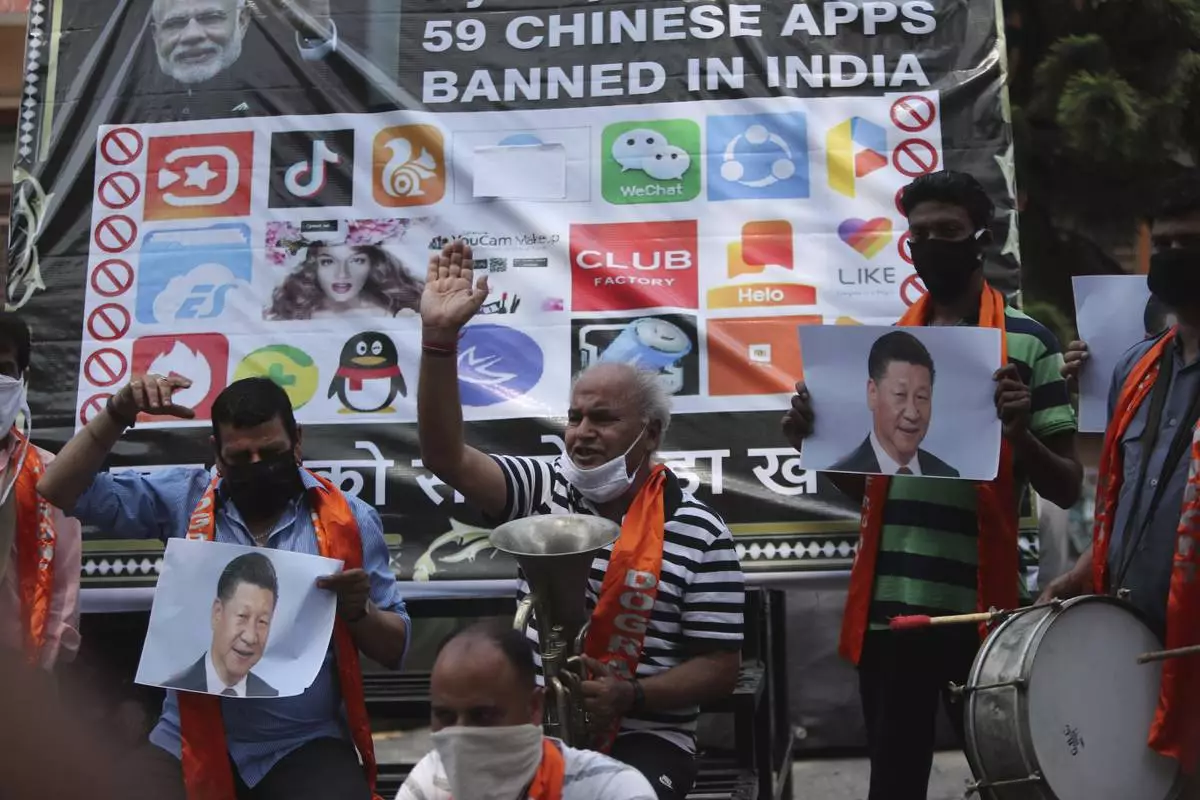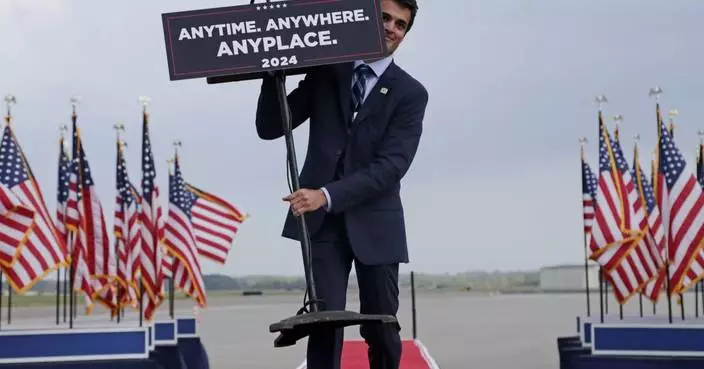Treasury Secretary Steven Mnuchin said Wednesday the redesign of the $20 bill to feature 19th century abolitionist leader Harriet Tubman has been delayed.
The decision to replace Andrew Jackson, the nation's seventh president, with Tubman on the $20 bill had been made by Mnuchin's predecessor, former Treasury Secretary Jacob Lew, who had served in the Obama administration.
Tubman's fate had been in doubt since the 2016 campaign based on critical comments by then-candidate Donald Trump, who branded the move an act of "pure political correctness."
Mnuchin, however, said the delay in unveiling a $20 redesign had been prompted by the decision to redesign the $10 bill and the $50 bill first for security reasons. He said those bills will now be introduced before a redesigned $20 bill.
Mnuchin made the announcement of the delay in response to questions from Rep. Ayanna Pressley, D-Mass., during an appearance before the House Financial Services Committee.
The unveiling of the redesigned $20 bill featuring Tubman, famous for her efforts spiriting slaves to freedom on the Underground Railroad, had been timed by the Obama administration to coincide with the 100th anniversary in 2020 of passage of the 19th amendment giving women the right to vote.
"Currently our currency does not reflect the diversity of people who have contributed to our great American history," Pressley told Mnuchin.
Mnuchin would not say whether he supported keeping Tubman on the redesigned $20. He said under the revised timeline, that decision will be left to whoever is Treasury secretary in 2026.
Mnuchin said the redesigned $20 bill will not come out until 2028 which he said means that a final design for that bill will not be announced until 2026.
He said the redesign of the bills was being done to introduce new security features to make it harder for the bills to be counterfeited. Based on the security issues, it had been decided to introduce redesigned $10 bills and $50 bills ahead of the $20 bill.
"It is my responsibility to focus on the issue of counterfeiting and the security features," Mnuchin said.
During the 2016 campaign, Trump had praised Jackson for his "history of tremendous success" and suggested that Tubman could be placed on a different bill such as the $2 bill.
Lew had arrived at the decision to displace Jackson on the $20 bill after first generating a loud outcry with his initial proposal to put a woman on the $10 bill, replacing Alexander Hamilton. Fans of Hamilton, a group that had grown with the popularity of the hit Broadway musical, felt it would be wrong to take him off the nation's currency.
NEW DELHI (AP) — The hugely popular Chinese app TikTok may be forced out of the U.S., where a measure to outlaw the video-sharing app has won congressional approval and is on its way to President Biden for his signature.
In India, the app was banned nearly four years ago. Here's what happened:
In June 2020, TikTok users in India bid goodbye to the app, which is operated by Chinese internet firm ByteDance. New Delhi had suddenly banned the popular app, alongside dozens other Chinese apps, following a military clash along the India-China border. Twenty Indian and four Chinese soldiers were killed, and ties between the two Asian giants plunged to a new low.
The government cited privacy concerns and said that Chinese apps pose a threat to India’s sovereignty and security.
The move mostly drew widespread support in India, where protesters had been calling for a boycott of Chinese goods since the deadly confrontation in the remote Karakoram mountain border region.
“There was a clamour leading up to this, and the popular narrative was how can we allow Chinese companies to do business in India when we’re in the middle of a military standoff,” said Nikhil Pahwa, a digital policy expert and founder of tech website MediaNama.
Just months before the ban, India had also restricted investment from Chinese companies, Pahwa added. “TikTok wasn’t a one-off case. Today, India has banned over 500 Chinese apps to date.”
At the time, India had about 200 million TikTok users, the most outside of China. And the company also employed thousands of Indians.
TikTok users and content creators, however, needed a place to go — and the ban provided a multi-billion dollar opportunity to snatch up a big market. Within months, Google rolled out YouTube Shorts and Instagram pushed out its Reels feature. Both mimicked the short-form video creation that TikTok had excelled at.
“And they ended up capturing most of the market that TikTok had vacated,” said Pahwa.
In India, TikTok content was hyperlocal, which made it quite unique. It opened a window into the lives of small-town India, with videos coming from tier 2 and 3 cities that showed people doing tricks while laying down bricks, for example.
But for the most part, content creators and users in the four years since the ban have moved on to other platforms.
Winnie Sangma misses posting videos on TikTok and earning a bit of money. But after the ban, he migrated to Instagram and now has 15,000 followers. The process, for the most part, has been relatively painless.
“I have built up followers on Instagram too, and I am making money from it, but the experience isn’t like how it used to be on TikTok,” he said.
Rajib Dutta, a frequent scroller on TikTok, also switched to Instagram after the ban. “It wasn’t really a big deal,” he said.
The legislation to outlaw the app has won congressional approval and now awaits a signature from Biden.
The measure gives ByteDance, the app’s parent company, nine months to sell it, and three more if a sale is underway. If this doesn’t happen, TikTok will be banned. It would take at least a year before a ban goes into effect, but with likely court challenges, it could stretch longer.
In India, the ban in 2020 was swift. TikTok and other companies were given time to respond to questions on privacy and security, and by January 2021, it became a permanent ban.
But the situation in the U.S. is different, said Pahwa. “In India, TikTok decided not to go to court, but the U.S. is a bigger revenue market for them. Also, the Fourth Amendment in America is fairly strong, so it’s not going to be as easy for the U.S. to do this as it was for India.”
As Chinese apps proliferate across the world, Pahwa says countries need to assess their dependency on China and develop a way to reduce it as the apps can pose a national security risk.
The app is also banned in Pakistan, Nepal and Afghanistan and restricted in many countries in Europe.
“Chinese intelligence law and its cybersecurity law can allow Chinese apps to work in the interest of their own security. That creates a situation of distrust and it becomes a national security risk for others,” said Pahwa.
“There should be different rules for democratic countries and for authoritarian regimes where companies can act as an extension of the state,” he added.

FILE- Activists of Jammu and Kashmir Dogra Front shout slogans against Chinese President Xi Jinping next to a banner showing the logos of TikTok and other Chinese apps banned in India during a protest in Jammu, India, July 1, 2020. (AP Photo/Channi Anand, File)










